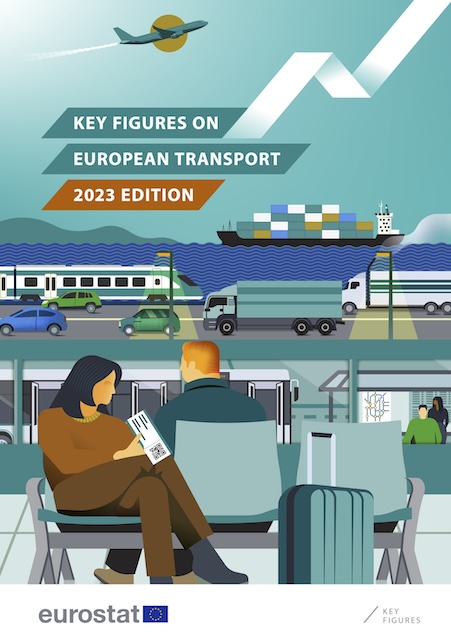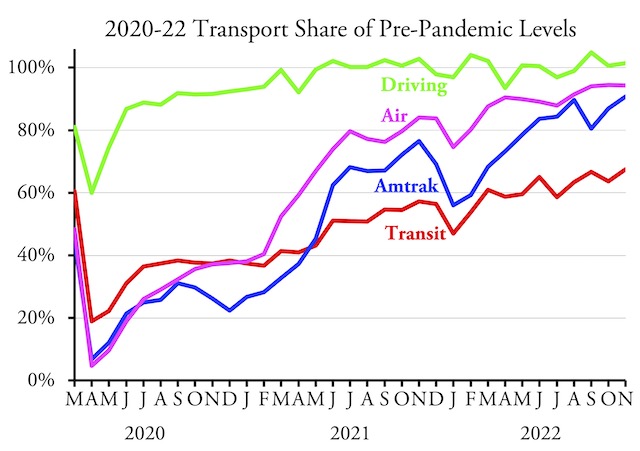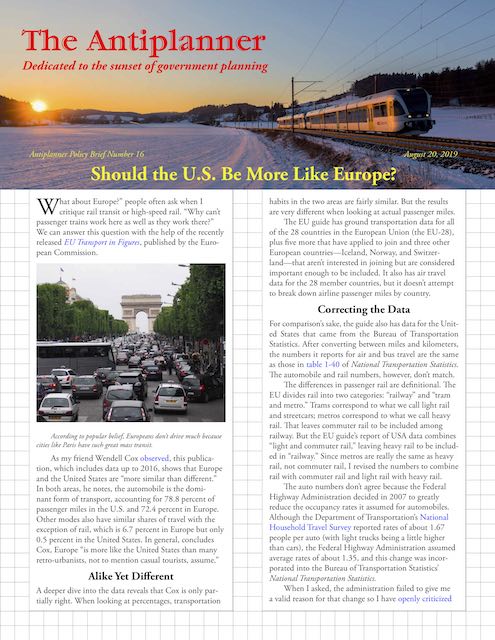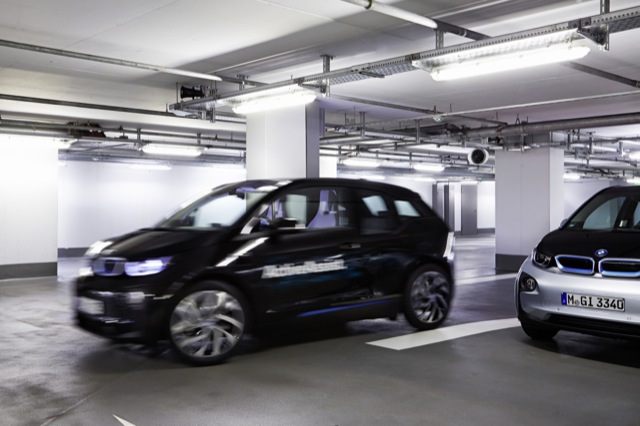Before the pandemic, Europeans relied on automobiles for 70 percent of their travel, compared with 77 percent for U.S. residents. But after the pandemic, in 2021, the European share of passenger travel that used automobiles climbed to 80 percent, while the U.S. share increased only to 78 percent (and dropped to 74 percent in 2022), according to a recently released report from the European Union. That means that Europe is more auto-dependent than the U.S.
 Click image to download a 12.4-MB PDF of this report.
Click image to download a 12.4-MB PDF of this report.
Although the report is labeled “2023,” it actually was released in late January 2024 and includes data through 2021. The title of the report is “key figures,” which is literally true: it consists almost solely of figures as in charts, with little or no actual data. However, the charts are clear and can be read to the nearest percent or so. Meanwhile, National Transportation Statistics table 1-40 shows the share of passenger travel in the United States that relies on autos, airplanes, rail, and other modes. Continue reading











